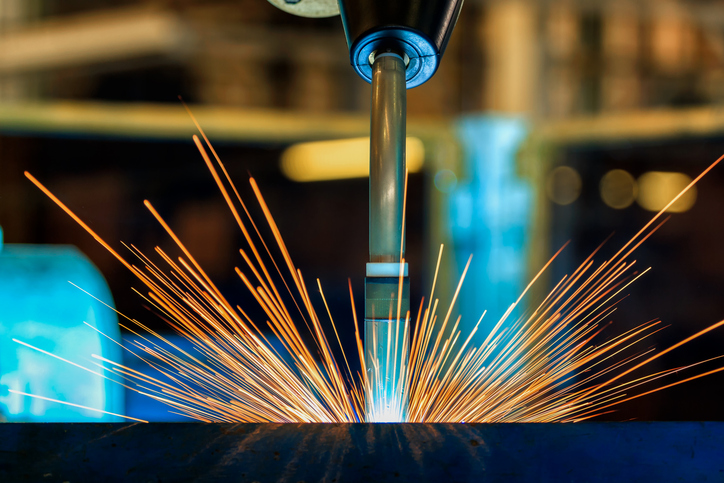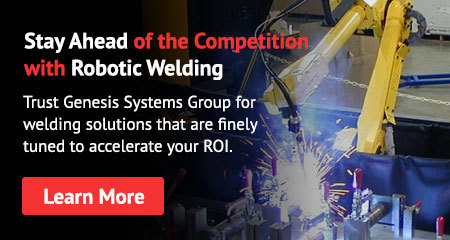Choosing the Right Robotic Welding Consumables for Long-Term ROI

The cost of a robotic welding system goes beyond the initial purchase. Maintaining peak productivity is key to achieving return on investment (ROI) and profitability in the long-term. However, robotic welding systems, looking forward at long-term costs, will always need regular maintenance, new equipment and new consumables, each of which creates operating costs that can begin to chip away at productivity.
Consumables like nozzles, contact tips, welding wires and gas diffusers are a necessary part of any robotic welding work cell. Their cost isn’t so much associated with their initial purchase price, but their potential impact on productivity.
What to Consider When Choosing Robotic Welding Consumables
Choosing the right consumables is important for long-term ROI because the wrong consumables can have a big impact on robotic welding performance, creating unnecessary downtime and poor quality welds.
Here are a few simple things to consider when choosing robotic welding consumables:
Contact Tip Wear and Failure
Contact tips inevitably wear out and need to be replaced, but during their functioning lifespan, it’s important to reduce wear and failures to maintain robotic welding productivity. Knowing whether you need copper contact tips, or zirconium contact tips for high amperage applications, as well as the proper contact tip size, is important. It’s also important to adjust wire feed speed and the distance between the welding gun and the workpiece to maximize contact tip lifespan and reduce failures.
Nozzle Size and Strength
Depending on joint restrictions and obstacles to accessing the entire part, your application may call for bottleneck, straight or tapered nozzles instead of the wider standard nozzles. In these instances, the thinner nozzle can improve productivity by eliminating part repositioning. However, thinner nozzles are more susceptible to spatter and failure, especially in high amperage applications, so weighing the productivity gains with more frequent nozzle changeover is important. Also, for high amperage applications, if high changeover is already a regular part of robotic welding processes, thinner nozzles may be used if they don’t require multiple welding cycles.
Maintaining Consumables
One of the best ways to ensure consumables don’t get in the way of productivity is by properly maintaining them. This means storing them correctly, ideally in the original packaging, so they do not get damaged. Also, devices like a nozzle cleaning station can help extend the lifespan and reliability of welding consumables. Nozzle cleaning stations can be placed within a robotic welding work cell, and the robot can be programmed to clean its own nozzle in six seconds or less – far less time than reworking a part or performing regular changeovers.
Choosing the right consumables, and maintaining them, is an important part of robotic welding ROI and profitability over the long-term. While most consumables do not have a high initial cost, their potential impact on productivity makes them an important consideration in any robotic welding application.
To learn more about robotic welding ROI and profitability, continue reading about Genesis Systems Group’s leading robotic welding integration solutions.
Posted in Robotic Welding
